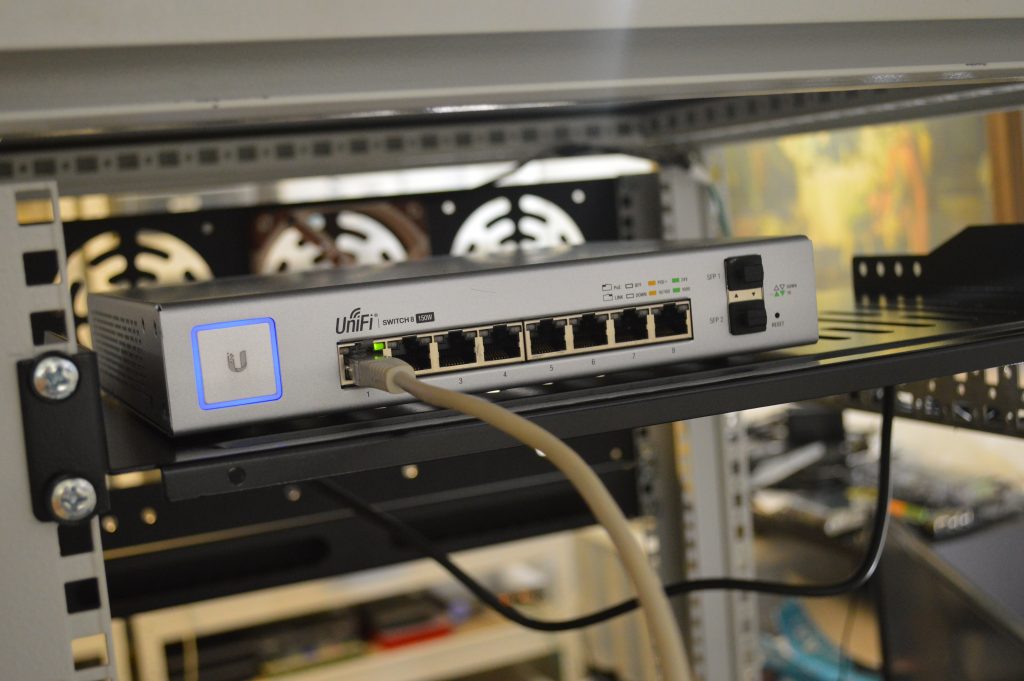Are you familiar with the internet of things cybersecurity (IoT)? Well, the development of this technology brought many benefits for us today. So, what exactly is IoT? What are the potential risks it brings?
What Is The Internet Of Things Cybersecurity?
Internet of Things or IoT is the idea of connecting any type of device to the internet. Today, individuals and businesses become more connected. Thus, increasing the opportunities for innovation.
As a result, more objects and devices are now embedded with network connectivity. Examples are phones, TVs, vehicles, printers, cameras, and many more. Such devices can now connect to the internet and make lives easier.
So, these devices make us more efficient. And also, helps us save money. Moreover, these put our lives at our fingertips.
Other sectors who benefit from the internet of things (IoT):
- Business and government sectors
- Healthcare
- Financial institutions
- Manufacturing and Industrial sectors
Internet of Things cybersecurity (IoT) focuses on safeguarding your devices that connect to wireless networks. Also, it is the safety component tied to the Internet of Things.
Why Need the Internet Of Things Cybersecurity?
Connecting to the internet could also mean connecting to potential cyber threats. Cybercriminals can exploit any internet-enabled devices. Same with mobile phones and laptops. Besides, the more devices we connect, the more entry points are we making for these attackers.
Therefore, to protect customers and all their associated data, the internet of things cybersecurity is developed. Businesses now ensure that IoT cybersecurity is at the core of their value proposition
Challenges Of Securing The IoT Ecosystem
- Manufacturers are eager to get their products to market quickly. As a result, often the security is not always the top priority.
- Many businesses are unaware of the vulnerabilities. It’s because they focus on cost-saving and convenience these devices have to offer.
- Some IoT devices use hardcoded or default passwords. Yet, even if changed, these are not strong enough to block infiltrations.
- Some IoT devices do not contain the computing resources needed to implement strong security. Therefore, these devices cannot or do not offer advanced security features.
- Connecting legacy assets are not inherently designed for IoT connectivity. So, attack risk is expanded.
Protect IoT Systems And Devices
One approach is to secure the devices themselves. Another one is to ensure IoT networks are secure. And also, access control mechanisms and strong user authentication can help.
Common Security Measures
- Incorporating security at the design phase.
- Public Key Infrastructure (PKI) and digital certificates
- API security
- Hardware security
- Identity management
- Network security
- NAC (Network Access Control)
- Hardcoded credentials must not be part of the design process.
- Security gateways
- Patch management and continuous software updates.
- Integrating teams and consumer education
- Cybersecurity teams should receive regular training to keep up with modern threats and security measures.
Conclusion
With any IoT deployment, it is critical to weigh the cost of security. Security against the risks before implementation.
Organizations may not be able to eliminate all occurring IoT attacks. However, they can put proactive processes to protect valuable systems and data from threats. Aside from that, emerging technologies can also be used to secure IoT devices.

